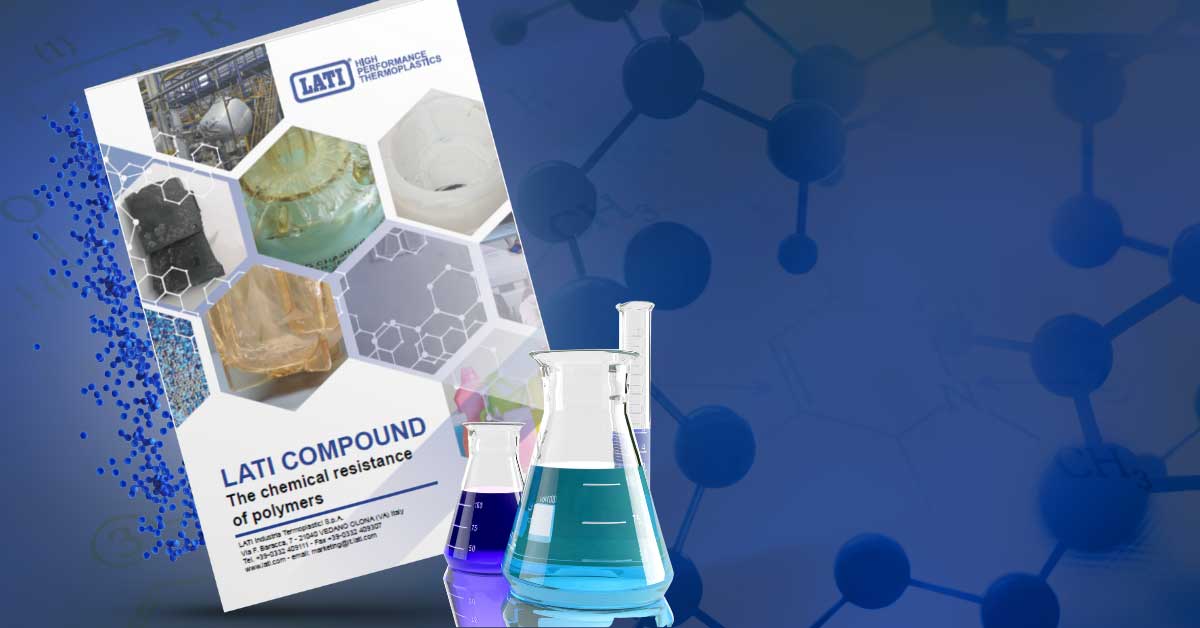
Imagine a material that can withstand the most corrosive acids. Did you think of a metal? A titanium alloy or steel? Wrong answer. Plastics are among the most resistant materials to chemical attacks from liquids, gases, or simply adverse environmental conditions.
From bases to heavy acids, from solvents to hydrocarbons, from the corrosive action of industrial slag to that of disinfectants used in healthcare or food industries: for every situation, there is a polymer that can ensure optimal performance in resisting degradation caused by exposure to aggressive substances.
The resistance of polymers depends on multiple factors, including temperature, concentration, frequency, and duration of contact, and the presence or absence of conditions that can facilitate or amplify the effects of the chemical attack. It is also crucial to consider the nature of the aggressive substance, as many seemingly harmless materials, such as water or certain food liquids, can cause significant damage shortly.
In what context is it necessary to protect our projects from the harmful effects of chemicals? Not only in demanding fields such as the chemical, food, or pharmaceutical industries, but also in applications exposed to hot water, steam, and refrigerants daily. Would you like to know how to choose the perfect polymer for demanding work environments? In our new brochure dedicated to the chemical resistance of polymers, you will find practical pointers and a series of simple explanations regarding the main mechanisms of chemical attacks.
Download the Brochure on the Chemical Resistance of Polymers